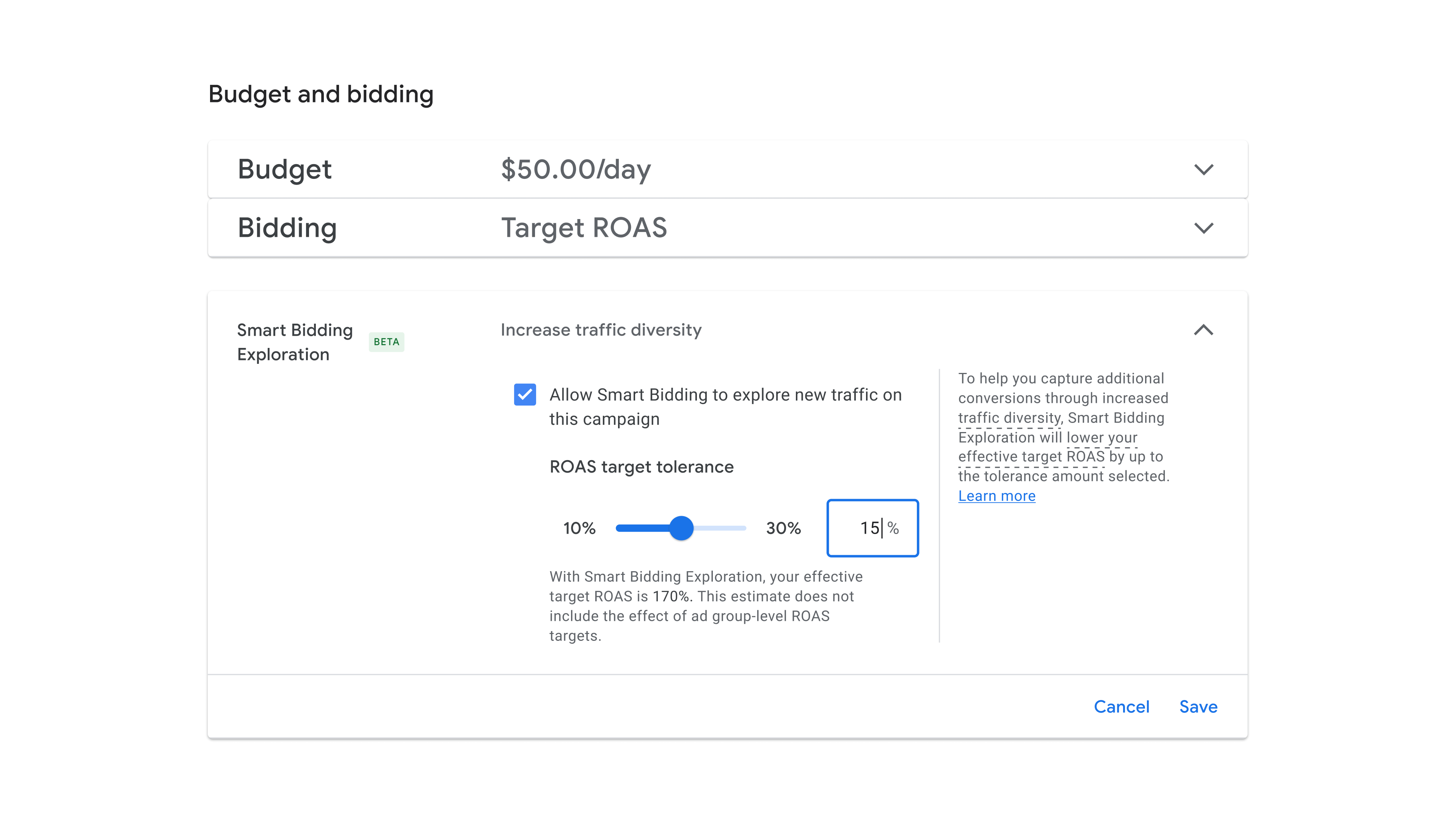Even Your Workout Clothes Can Be ‘Smart’ Now
Smart clothing is now a reality, from socks that monitor you to shirts that track heart rate.

We may earn a commission from links on this page.

Credit: Ground Picture/Shutterstock
Our clothes tend to be passive companions on our adventures, but their role may be shifting as technology continues to become more embedded in every aspect of our lives. It was only a matter of time, but smart clothing is now becoming a reality—from socks that monitor diabetes patients to shirts that track heart rate. For now, the industry is mostly implementing this technology as health wearables, but the industry (and the government) is beginning to realize the extent of smart clothing's potential.
A new category of fitness “wearables”
There’s an entire industry built around fitness “wearables,” like rings, watches and other monitoring devices. Mostly, these devices focus on monitoring data points like heart rate, temperature, and metrics that the companies claim can measure sleep quality. Smart clothing, since it covers a larger area of your body, can collect even more data, and can apply actions like vibration over a larger area.
Nadi X yoga pants have woven accelerometers and haptic motors into the fabric. A dock is located behind your left knee, and you attach a microcontroller to it at the beginning of your exercise. The controller communicates via bluetooth with your phone reporting on five different data points to measure your posture, and then guides you via soft vibration delivered via the haptic motors located throughout the pants. The aim is to coach you into doing yoga poses correctly.
Sensoria socks have embedded pressure sensors along the ball and heel of the sock, and report this as a heat map on your app, which can tell how your foot is striking the ground as your walk and run. The app also reports your cadence using a metronome UI, and delivers real-time voice feedback to guide you towards your goal pace and correct your foot landing.
Under Armor features a line of clothes that claims to help muscles recover by using a bioceramic lining in the clothing to convert body heat to far infrared energy, which is supposed to aid in muscle recovery. Hyvle debuted “WE-STIM” leggings at CES 2024 that use a similar idea to Under Armor, using silver coated conductive nano thread in the fabric that, they say, can convert body energy into micro-electrical stimulation. While the technology itself may be a marvel, the actual impact of these products on health or fitness is debatable. For example, our senior health editor Beth Skwarecki pointed out to me that their claimed benefits are similar to those that have been found with non-electronic compression pants. The company's published studies don't seem to be rigorous enough to draw that distinction. However, these early entries illustrate the potential of future products. And while you wouldn't want to rely solely on these products for medical or fitness advice, they can be a tool you use alongside professional advice.
Smart clothing can help with health and accessibility
Accessibility is a touchpoint for smart technology—it can assist in tasks that people struggle with on their own. Siren socks use miniature temperature sensors to continually send information collected from the socks to healthcare providers to help monitor diabetes patients, since temperature shift can be a sign of inflammation, and foot ulcers are a common issue for diabetics.
A whole subcategory of smart clothing called Enabling Tech Clothing extends the idea of adaptable clothes by using tech to help people living with disabilities. While real-world examples don’t seem to exist yet, the potential is there to use the same technology as the yoga leggings mentioned above, but providing vibrations for people with sensitivities. Similarly, clothes with GPS tracking (as a safety feature for vulnerable folks with memory issues) isn't here—yet.
Technology can create safer uniforms
In 2023, the Director of National Intelligence announced a program to investigate integration of smart clothing for security purposes. It brings me immense joy to tell you the program is called SMART ePANTS (smart electrically powered and networked textile systems). Who says the government is humorless? The program aims to “develop clothing with integrated audio, video, and geolocation sensor systems that feature the same stretchability, bendability, washability, and comfort of regular textiles.” Joking aside, imagine gear for first responders that monitors for basic signs of life as well as signs of distress, or uniform gear that can provide heat or cooling, or chemical detection. Imagine gear for hospital staff that can monitor for communicable disease. All of that is possible.

 Koichiko
Koichiko 
































